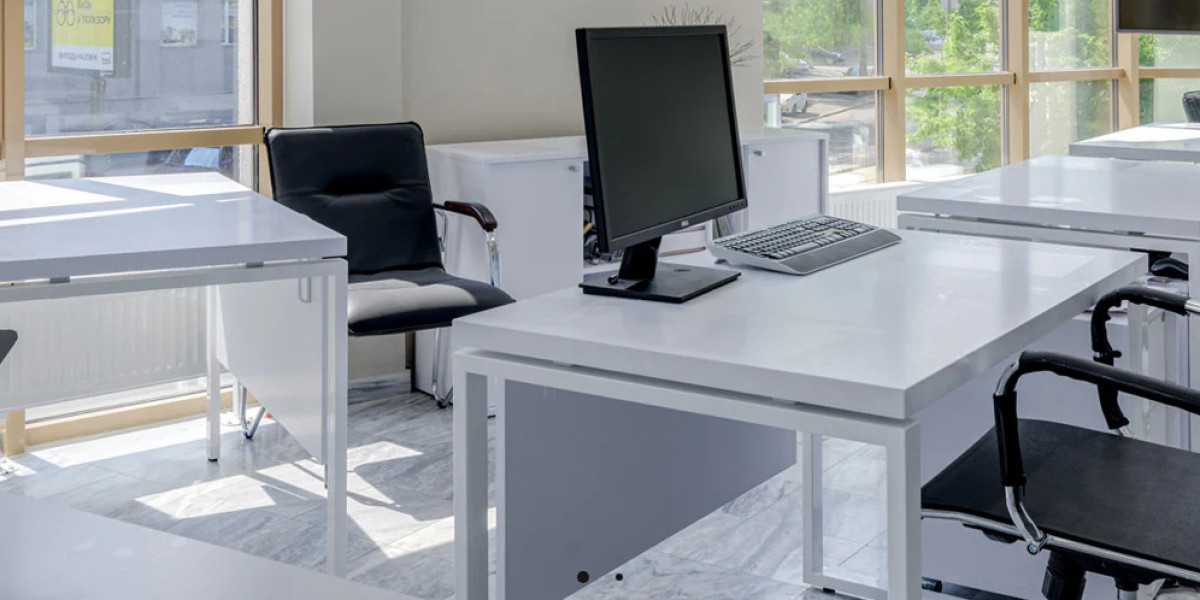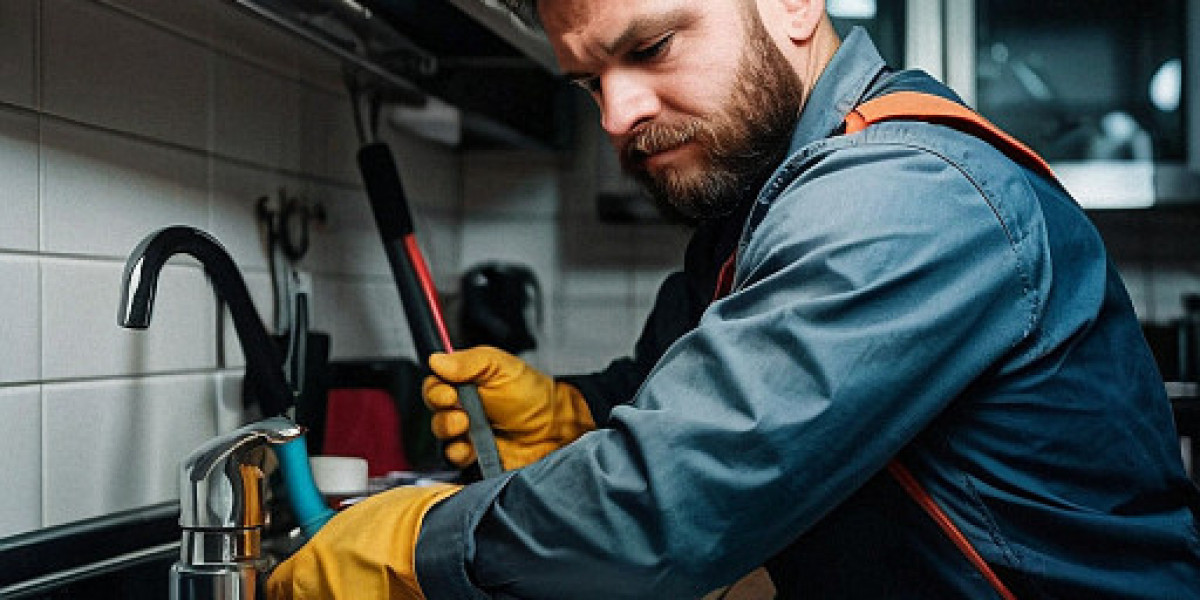As workplace wellness becomes increasingly important, ergonomic office furniture has evolved to address the physical needs of employees, helping to prevent injuries and boost productivity. Staying ahead of the latest ergonomic trends ensures that your workspace supports a healthy, efficient, and comfortable work environment. Here are the top ergonomic office furniture trends you need to know:
1. Sit-Stand Desks
- Adjustability: Sit-stand desks continue to dominate ergonomic trends as they allow workers to alternate between sitting and standing throughout the day. The latest models feature smoother height adjustment mechanisms, programmable presets, and even integrated sensors that remind users to switch positions regularly.
- Health Benefits: These desks help reduce the risks associated with prolonged sitting, such as back pain, cardiovascular issues, and decreased productivity. By promoting movement, they contribute to better posture and overall well-being.
2. Ergonomic Chairs with Advanced Features
- Customizable Support: Modern ergonomic chairs go beyond simple height and armrest adjustments. Newer models offer features like adjustable lumbar support, headrests, and seat depth, allowing users to fine-tune the chair to their body type and sitting preferences.
- Dynamic Sitting: Chairs with dynamic sitting mechanisms encourage subtle movements while seated. These chairs support the body’s natural movement, reducing stiffness and muscle fatigue. They are designed to promote active sitting, which can improve circulation and reduce the risk of musculoskeletal issues.
3. Monitor Arms and Stands
- Flexible Positioning: Monitor arms and stands are becoming essential in ergonomic setups. They allow screens to be positioned at eye level and adjusted for optimal viewing angles, reducing neck and eye strain. Dual and multi-monitor setups are also increasingly popular, especially in tech-heavy industries.
- Space-Saving Designs: These accessories free up valuable desk space, contributing to a cleaner and more organized work environment. Many designs are now more streamlined, offering cable management solutions and easy adjustability.
4. Ergonomic Keyboard and Mouse Designs
- Split Keyboards: Split keyboards that separate the keys into two halves allow for a more natural hand position, reducing strain on the wrists and forearms. They are designed to prevent repetitive strain injuries, such as carpal tunnel syndrome.
- Vertical Mice: Vertical mice are gaining popularity due to their ergonomic design, which keeps the hand in a more natural "handshake" position. This reduces the strain on the wrist and forearm muscles, making it easier to use for extended periods.
5. Anti-Fatigue Mats
- Standing Desk Accessories: Anti-fatigue mats are essential for those who use sit-stand desks. These mats provide cushioning and support for the feet, reducing fatigue and discomfort during long periods of standing. The latest designs often feature textured surfaces that encourage subtle foot movements, further enhancing comfort.
- Multi-Zone Comfort: Some mats now offer different zones with varying levels of firmness, allowing users to shift their weight and change their standing position throughout the day, promoting better circulation and reducing strain.
6. Ergonomic Footrests
- Adjustable Footrests: Footrests are an often-overlooked ergonomic accessory that can make a significant difference in comfort, especially for shorter individuals. The latest models are highly adjustable, offering multiple height and angle settings to support proper posture.
- Massage Features: Some footrests now include massage surfaces or rocking capabilities, encouraging movement and improving circulation while seated. This can reduce tension and fatigue in the lower body.
7. Task Lighting
- Personalized Lighting: Ergonomic task lighting is becoming more customizable, with options for adjusting brightness, color temperature, and direction. Proper lighting reduces eye strain and improves focus, which is crucial for maintaining productivity.
- Circadian Lighting: Some lighting systems are designed to mimic natural daylight, supporting the body’s circadian rhythm. These lights can be adjusted to different times of the day, helping to boost energy levels and improve sleep quality.
8. Mobile and Compact Workstations
- Adaptability: With the rise of remote work and flexible office layouts, mobile workstations are becoming more popular. These compact setups often include adjustable desks and integrated storage, allowing users to create an ergonomic workspace anywhere.
- Portability: Many mobile workstations are designed for easy transport, featuring lightweight materials and wheels. This trend supports the growing need for adaptable work environments that can quickly change based on the user’s needs.
9. Ergonomic Accessories
- Document Holders: These are designed to keep documents at eye level, reducing the need for head tilting and helping to maintain proper posture. Many new models are adjustable and can be easily repositioned.
- Laptop Stands: As more employees work from laptops, ergonomic laptop stands have become essential. These stands elevate the laptop to eye level, allowing users to maintain a more ergonomic posture when working on the go.
10. Biophilic Design Integration
- Natural Elements: Incorporating natural elements into office furniture is a growing trend. Ergonomic furniture that includes biophilic design elements, such as wood finishes and plant-inspired forms, can help reduce stress and improve overall well-being.
- Nature-Inspired Workstations: Some workstations now include features like integrated planters or natural materials, blending ergonomics with the calming effects of nature.
Conclusion
The latest trends in ergonomic office furniture focus on personalization, flexibility, and the integration of health-promoting features. As workplaces continue to evolve, these trends highlight the importance of creating environments that support the physical and mental well-being of employees. By staying informed about these developments, you can ensure that your workspace remains comfortable, efficient, and conducive to productivity.







